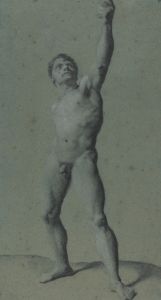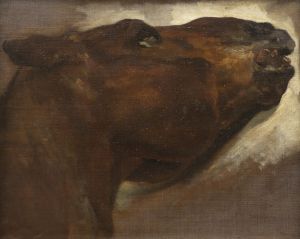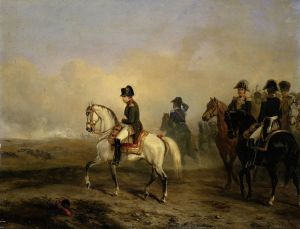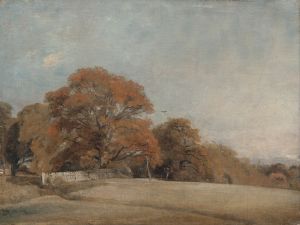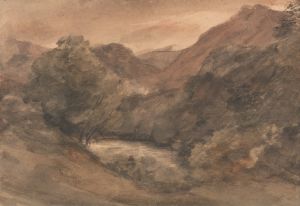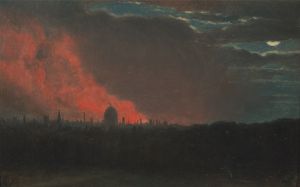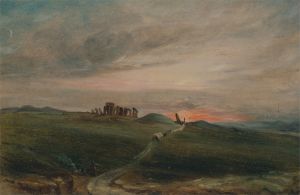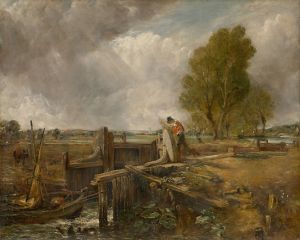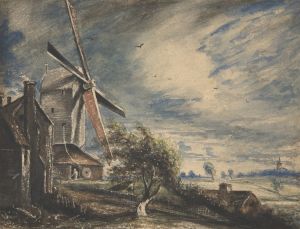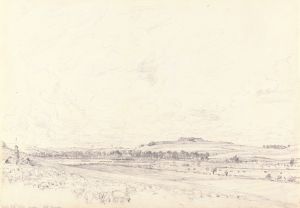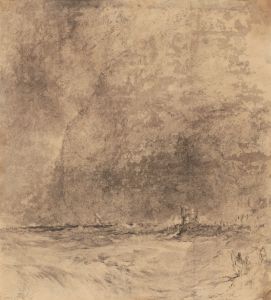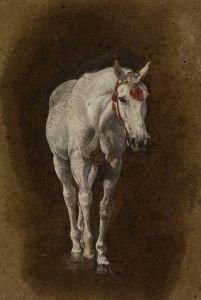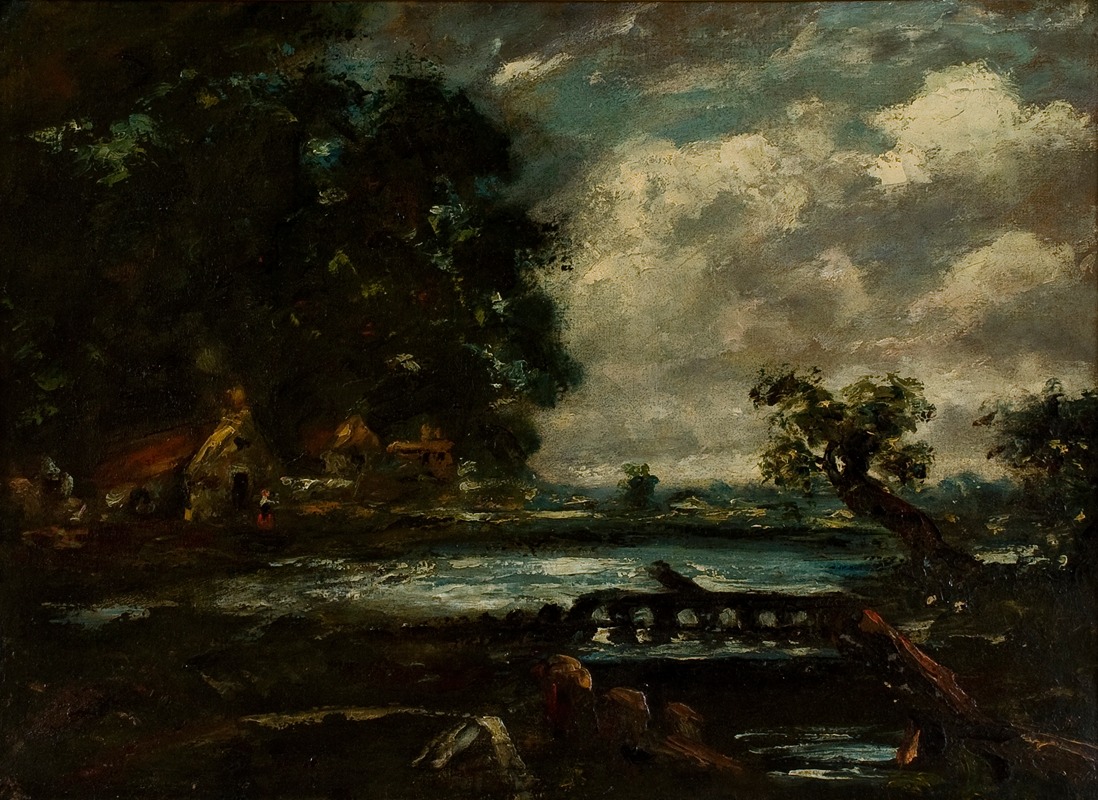
Study for ‘The Leaping Horse’
A hand-painted replica of John Constable’s masterpiece Study for ‘The Leaping Horse’, meticulously crafted by professional artists to capture the true essence of the original. Each piece is created with museum-quality canvas and rare mineral pigments, carefully painted by experienced artists with delicate brushstrokes and rich, layered colors to perfectly recreate the texture of the original artwork. Unlike machine-printed reproductions, this hand-painted version brings the painting to life, infused with the artist’s emotions and skill in every stroke. Whether for personal collection or home decoration, it instantly elevates the artistic atmosphere of any space.
"Study for ‘The Leaping Horse’" is a preparatory work by the renowned English Romantic painter John Constable. Created in 1824, this study was part of Constable's process in developing his larger and more finished painting, "The Leaping Horse," which was completed in 1825. John Constable is celebrated for his landscape paintings that depict the English countryside, particularly the area surrounding his home in Suffolk, known as "Constable Country."
The study showcases Constable's meticulous approach to capturing the natural environment and his dedication to portraying the dynamic interplay of light and atmosphere. In "Study for ‘The Leaping Horse’," Constable focuses on the composition and the movement of the horse as it leaps over a barrier, which is a central element in the final painting. This preparatory work is executed with loose, expressive brushstrokes that convey a sense of immediacy and spontaneity, characteristics that are often associated with Constable's studies and sketches.
The scene depicted in the study is set along the River Stour, a location that frequently appears in Constable's works. The river and its surrounding landscape provided a rich source of inspiration for the artist, who sought to capture the beauty and tranquility of rural life. In the study, Constable pays particular attention to the natural elements, such as the trees, water, and sky, which are rendered with a keen eye for detail and a deep appreciation for the natural world.
"Study for ‘The Leaping Horse’" is an important piece within Constable's oeuvre as it illustrates his working methods and his commitment to studying nature directly. The study would have been used as a reference for the final painting, allowing Constable to experiment with composition, lighting, and the overall mood of the scene. This practice of creating preparatory studies was common among artists of the time and was an essential part of the creative process.
The final painting, "The Leaping Horse," is part of a series of six large-scale works known as the "Six-Footers," which Constable created between 1819 and 1825. These paintings were intended to make a significant impact and to elevate the status of landscape painting within the art world. "The Leaping Horse" was exhibited at the Royal Academy in 1825 and received critical acclaim for its dynamic composition and the artist's masterful handling of light and atmosphere.
John Constable's work, including "Study for ‘The Leaping Horse’," has had a lasting influence on the field of landscape painting. His ability to capture the essence of the English countryside and his innovative techniques have earned him a place among the most important artists of the 19th century. Today, Constable's studies and finished works are held in high regard and are featured in major art collections and museums around the world.
In summary, "Study for ‘The Leaping Horse’" by John Constable is a significant preparatory work that provides insight into the artist's creative process and his dedication to capturing the natural beauty of the English landscape. This study exemplifies Constable's skill in rendering the dynamic elements of nature and his influence on the development of landscape painting.






